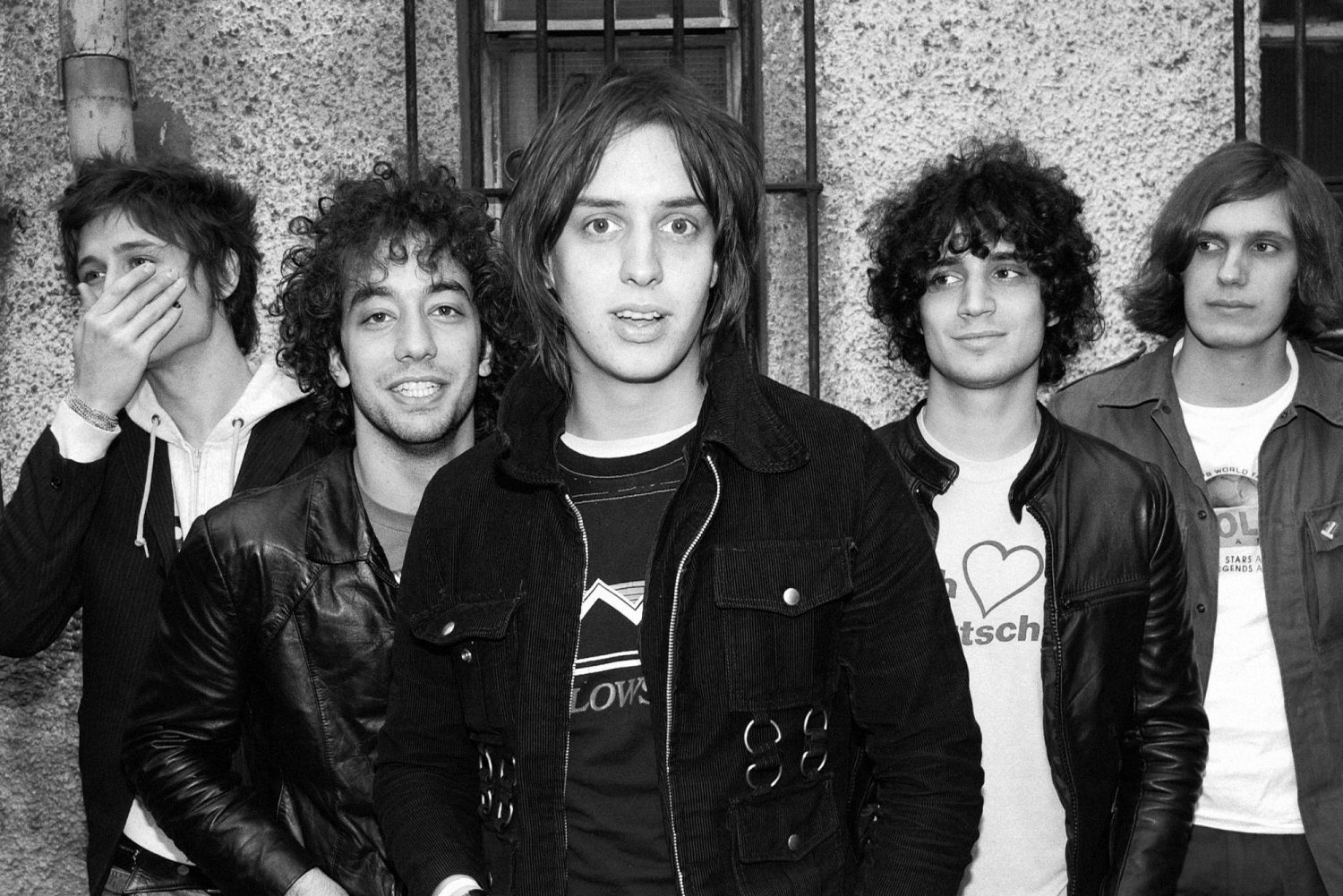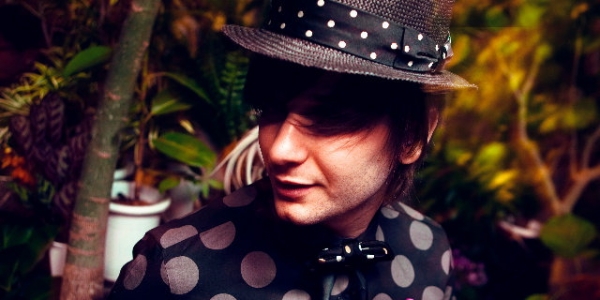Remembering the album that revolutionised the rock genre.
It was 1992 and Albert Hammond Jr. was studying at Le Rosey, a prestigious international boarding school in Switzerland. Julian Casablancas stood across the hall with pen in hand, toiling away to prove his father wrong. They had yet to meet, but would inevitably cross paths; Hammond and Casablancas were the only two Americans enrolled at the school.
They became friends and while rock’n’roll reverberated through the Swiss dormitories, the two never played and only talked about music on occasion. They would reside on Lake Geneva only a year, parting ways to return to their distant homes — for Casablancas, it was New York while Hammond retreated to California.
The two lost contact, but it wasn’t long before Casablancas appeased his wandering imagination, recruiting friends Fabrizio Moretti, Nick Valensi and Nikolai Fraiture to start a band. Short on ability but not on ambition, the four rambunctious teenagers began playing informally in 1997.
As ’97 became ’98, Hammond traded coasts, swapping west for east to attend NYU’s Tisch School of the Arts. He arrived without friends but recognised the name of John Casablancas’ modelling agency. The serendipitous wheels were turning and eventually, Casablancas and Hammond bumped into each other again, six years after sharing a classroom in Rolle.
Son of the celebrated British songwriter of the same name, Hammond had inherent talent. It was in his DNA to write music, but such ability had yet to surface. He came to New York to study film but at the continued grace of fate, Hammond realised his calling would be something far different.
Casablancas’ band were after an extra guitarist and Hammond auditioned but underperformed, by his own admission. A fever had struck him down, yet Casablancas was impressed by the trial. Hammond, a film student who’d only recently shifted east, let alone made Casablancas’ reacquaintance, soon became the fifth member of the NYC’s newest rock band, The Strokes.
Awash with mushrooming hip-hop and nu-metal imaginations in the late ‘90s, New York’s rock scene was under fire. It was in need of invigoration, so The Strokes, clad with leather and a bad attitude, flexed their rambunctious muscle to great effect.
They navigated a well-trodden path, spending more time in bandrooms than bedrooms to develop their name. Decorating the city with a raw zeal not seen since Sonic Youth, The Strokes quickly gathered their following. Like stumbling on an oasis after a 15-hour desert meander, the band had quenched a long-standing thirst, but gratification would only stand so long.
Punters wanted more and The Strokes obliged — they took over The Spiral, then the Luna Lounge before Manhattan’s Mercury Lounge became home. Armed with a 14-song set, the early blueprint of the band’s celebrated 2001 debut, Is This It, was taking shape.
Initial versions of ‘Alone, Together’, ‘Last Nite’ and ‘Someday’ formed the bedrock of a demo collection sent to London’s Rough Trade Records.
At this stage, the cauldron was bubbling without billowing over before a free mp3 download of ‘Last Nite’ sent the world into a frenzy. Released in January 2001, the track was unearthed as a promotional tool for the band’s debut EP, The Modern Age, to be revealed a week later.
British magazine, NME, were the proprietors of the move, igniting England with the band’s infectious hook-laden rock for the first time. A reputation which had taken two years to build in New York was manifested within a week in the UK.
Their entire tour had sold out before they’d even stepped foot in Europe. For NME, it was unsurprising — a music industry being pedalled by nu-metal and soapy singer-songwriters was in need of an emancipator.
It was still early 2001 when The Strokes returned to New York from their chaotic UK jaunt. Wary of the band’s unbridled success overseas, labels all over the city plunged into a vociferous bidding war.
Curiously, it was arguably the band’s biggest critic in the early going, RCA Records, which won the band’s signature. Now, the eggs of The Strokes’ debut album had grounds to germinate and it wasn’t long before the first LP of the next rock generation was created.
With Gordon Raphael at the helm, the album’s production process was swift without being cosy. Complete and ready to be mastered, RCA Records head, Steve Ralbovsky, intervened with great dismay.
Raphael and the band had constructed Is This It like a five-star hotel, but Ralbovsky was an angry adversary, adamant the polished product didn’t reflect the band’s fundamental rock persona.
Back to the studio they went, before an unvarnished, no-frills Is This It arose to Ralbovsky’s satisfaction. The Strokes had done it, their debut album was alive and like soggy chips at the mercy of feverish seagulls, was ready for its boisterous clientele.
Away it went, Australia first and then the UK before America grasped the eight-track gem on October 9, a date rescheduled due to the September 11 terrorist attacks of 2001. In wake of the tragedy, the band replaced the song ‘New York City Cops’ with a newly recorded ‘When It Started’.
The response was colossal, with ‘Last Nite’ and ‘Someday’ at the top, Is This It stamped The Strokes as the band rock’n’roll desperately needed — groovy without being pretentious and intricate without being messy. The album banged and crashed at the right time, all the time, and called to mind prominent rockers the Velvet Underground and Television without simulation.
Just three years into their career, The Strokes were already at the top — a double-edged sword for the five-piece. Their great success clouded them with unrealistic expectations and ever since Is This It, fans and critics have subliminally looked back. Despite the grace of Room on Fire and Comedown Machine, listeners have struggled to unshackle preconceptions and it seems that nothing The Strokes create from here on out will have the freedom to reach such heights.
Never miss a story. Sign up to Beat’s newsletter and you’ll be served fresh music, arts, food and culture stories three times a week.

